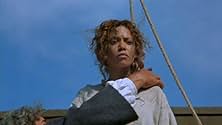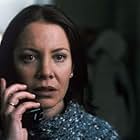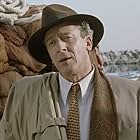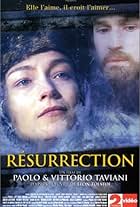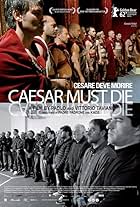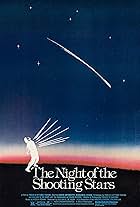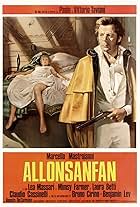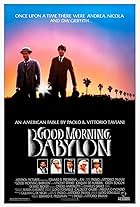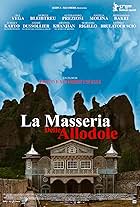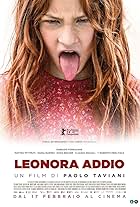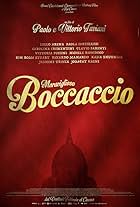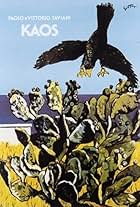An 18th-century true story about a rebel and his lover's attempt to overthrow the Italian monarchy.An 18th-century true story about a rebel and his lover's attempt to overthrow the Italian monarchy.An 18th-century true story about a rebel and his lover's attempt to overthrow the Italian monarchy.
Photos
Aketza Lopez
- Granduca Francesco
- (as Aketza López Totorika)
- Directors
- Writers
- All cast & crew
- Production, box office & more at IMDbPro
Storyline
Did you know
- ConnectionsVersion of Luisa Sanfelice (1942)
Featured review
Though miscast (her ethereal beauty fits neither the period nor the character) with supermodel turned leading lady Laetitia Casta in the title role, the Taviani Brothers' adaptation of Dumas' adventure LUISA SANFELICE is an engrossing TV movie.
The historical and political considerations are right up the bros' alley, but overall this is way too conventional for them. I wonder why they were hired, or alternatively wanted to develop this material, but it's fun to watch nonetheless.
Trademark Dumas plot ploys, including impersonation, reversals, adventurous derring-do, and the backdrop of convulsive historical events, are present in this tale of an abortive revolution in Naples circa 1799. The battle between Royalists and Jacobins is evoked in the tale of Luisa, who becomes involved with rebels, her Royalist husband who is really her old-old guardian (from childhood) and only nominally hubby, and her lover, a Jacobin hero ably played by Giancarlo Giannini's handsome son Adriano.
Virtually stealing the lengthy (179 minutes of total running time) movie is Emilio Solfrizzi as King Ferdinand of Naples, a rogue who suggests at times Robert De Niro in one of his comedy turns, more interested in attending hunts than saving his kingdom. In a multinational cast, Cecilia Roth is forceful as his queen Carolina; the royal duo were treated in an entirely different fashion in Lina Wertmuller's unsung but worthwhile movie FERDINANDO & CAROLINA.
Dumas peppers his narrative with many historical figures, notably Lord Nelson & Lady Hamilton, as the British try to interfere with the war engulfing France and Italy. There are endless subplots, including Queen Carolina having a beautiful lesbian confidante and lover, but ultimately the tragic fates awaiting Luisa and her pals are emotionally delivered.
Lensing by Franco Di Giacomo is exemplary, balancing the "talking heads" closeups endemic to TV productions with some impressive long-shot vistas.
The historical and political considerations are right up the bros' alley, but overall this is way too conventional for them. I wonder why they were hired, or alternatively wanted to develop this material, but it's fun to watch nonetheless.
Trademark Dumas plot ploys, including impersonation, reversals, adventurous derring-do, and the backdrop of convulsive historical events, are present in this tale of an abortive revolution in Naples circa 1799. The battle between Royalists and Jacobins is evoked in the tale of Luisa, who becomes involved with rebels, her Royalist husband who is really her old-old guardian (from childhood) and only nominally hubby, and her lover, a Jacobin hero ably played by Giancarlo Giannini's handsome son Adriano.
Virtually stealing the lengthy (179 minutes of total running time) movie is Emilio Solfrizzi as King Ferdinand of Naples, a rogue who suggests at times Robert De Niro in one of his comedy turns, more interested in attending hunts than saving his kingdom. In a multinational cast, Cecilia Roth is forceful as his queen Carolina; the royal duo were treated in an entirely different fashion in Lina Wertmuller's unsung but worthwhile movie FERDINANDO & CAROLINA.
Dumas peppers his narrative with many historical figures, notably Lord Nelson & Lady Hamilton, as the British try to interfere with the war engulfing France and Italy. There are endless subplots, including Queen Carolina having a beautiful lesbian confidante and lover, but ultimately the tragic fates awaiting Luisa and her pals are emotionally delivered.
Lensing by Franco Di Giacomo is exemplary, balancing the "talking heads" closeups endemic to TV productions with some impressive long-shot vistas.
Details
Contribute to this page
Suggest an edit or add missing content

